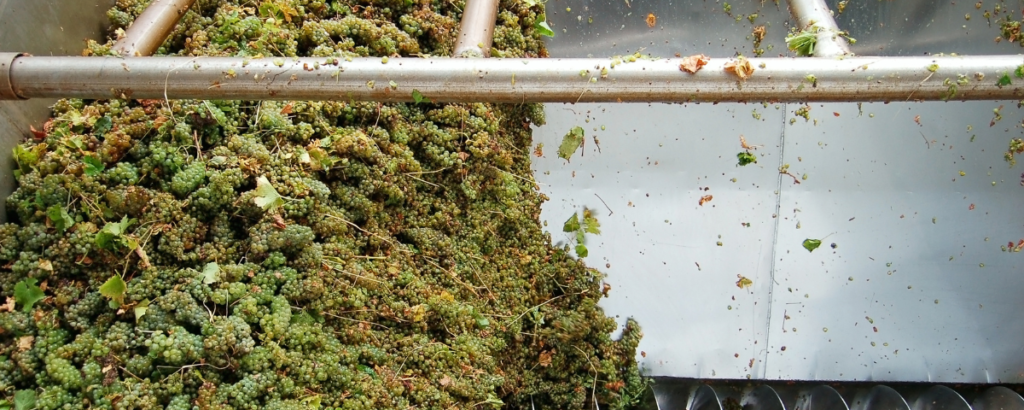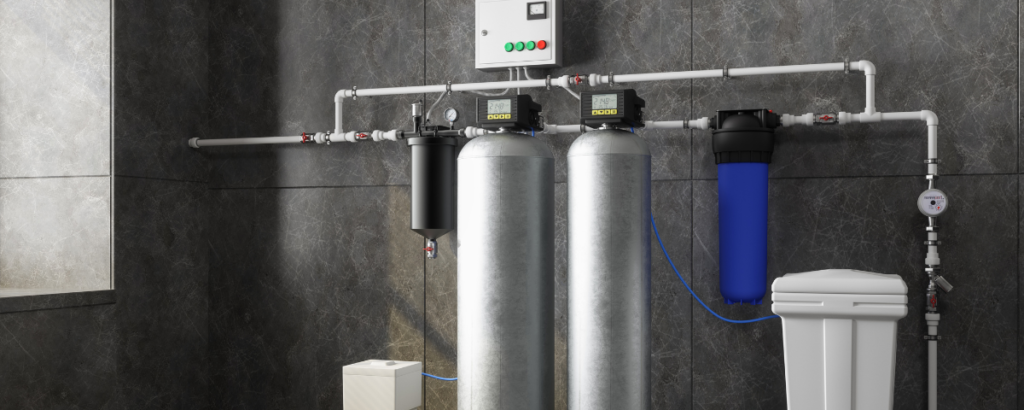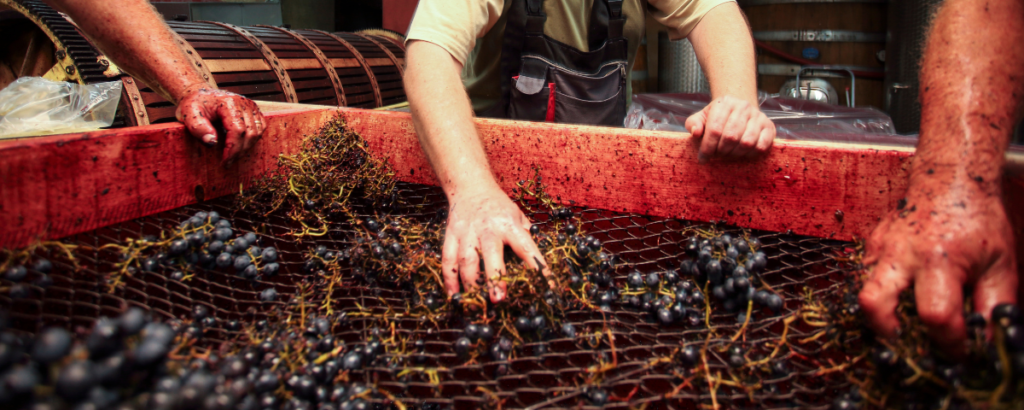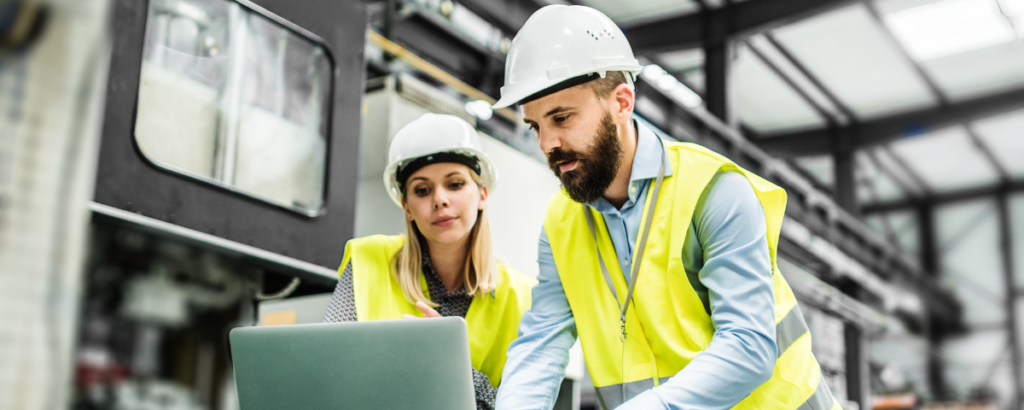The use of natural enzymes accelerates yoghurt production without compromising taste
The use of natural enzymes accelerates yoghurt production without compromising taste The dairy industry has seen a continuous evolution, not only in the improvement of production processes, but also in the adoption of innovative technologies that aim to optimise time and product quality. One of the most interesting developments in recent years concerns the use of natural enzymes, which are rapidly gaining ground in the yoghurt production sector. But how do these enzymes work and why are they so advantageous? Let’s find out in this article. What are Enzymes and How Do They Work? Enzymes are natural proteins that catalyse and accelerate chemical reactions in the human body and in food. In yoghurt production, enzymes are used to optimise several steps, such as fermentation and the consistency of the final product. They act by breaking down complex molecules, such as proteins and carbohydrates, making processing more efficient and faster, without altering the organoleptic quality of the product. In the context of dairy production, natural enzymes from plant or microbial sources are increasingly chosen to improve product quality and sustainability. These enzymes are specifically designed to work at lower temperatures than traditional methods, which means that yoghurt production can be accelerated without compromising food safety. Accelerating Yoghurt Production Traditional yoghurt production requires hours of fermentation to ensure the right consistency and typical taste. However, the introduction of natural enzymes has made this process much faster. Enzymes can significantly reduce the fermentation time, allowing companies to produce large quantities of yoghurt in less time. This is an economic and operational advantage for dairy companies, as it reduces energy costs and optimises production efficiency. This acceleration does not compromise quality, as the natural enzymes are designed to work in harmony with the bacteria that ferment the milk. The result is a smooth, creamy yoghurt with a fresh, natural flavour that retains all the characteristics consumers appreciate. Benefits of Natural Enzymes in the Dairy Sector The use of natural enzymes offers numerous benefits to the dairy sector. In addition to speeding up the production of yoghurt, these enzymes improve the quality of the final product, optimise production costs and reduce environmental impact. But let us see in detail what the main benefits are. Improved production efficiency: The ability of natural enzymes to reduce fermentation times enables companies to increase production and save energy. In a world where production costs are a crucial aspect of competitiveness, optimising these processes is essential. Unchanged taste and quality: One of the most interesting aspects is that natural enzymes do not compromise the taste of the yoghurt. On the contrary, they often improve the consistency and creaminess of the product, without altering its sensory properties. Yoghurts produced with the use of enzymes retain a fresh and natural taste, which is crucial for consumer loyalty. Environmental sustainability: Natural enzymes are an environmentally friendly choice, as they reduce the need for artificial chemical interventions in production. This more natural and sustainable approach aligns with current trends in the food industry, which is trying to reduce the environmental impact of its operations. In addition, accelerated production helps to reduce energy consumption. Greater flexibility in production: enzymes offer greater flexibility in product formulation. Companies can adapt the type of enzyme to the different yoghurt variants they want to produce, creating unique flavours and textures. This allows them to satisfy a variety of consumer preferences, increasing competitiveness in the market. Innovation in the Dairy Sector: New Technologies for the Future The dairy sector is undergoing a major transformation, driven by technological innovation. The use of natural enzymes is just one of many innovative solutions that are coming into play to improve production and meet consumer demands. Companies are increasingly focused on product quality, process efficiency and environmental sustainability, and enzymes are a key part of this evolution. In particular, yoghurt manufacturers are exploring new combinations of natural enzymes to obtain yoghurt variants that meet current food trends, such as lactose-free yoghurt, yoghurt enriched with probiotics or high-protein yoghurt. The adoption of these enzymes not only speeds up production time, but also ensures final products that are increasingly customised and adapted to different market needs. Conclusions: A Sustainable Future for Yoghurt The adoption of natural enzymes in the yoghurt production process is rapidly changing the landscape of the dairy industry. By speeding up production time and improving product quality, enzymes are a winning solution that meets the needs of companies and consumers alike. At the same time, the natural and sustainable approach to production reduces environmental impact, a value increasingly appreciated by businesses and consumers. If you are a dairy professional or simply a yoghurt enthusiast, exploring the use of natural enzymes in production could be an important step towards greater efficiency and quality. What are your thoughts on the use of natural enzymes in yoghurt production? Keep following our blog to find out more insights and news in the field. Join the discussion on our blog! Although we do not accept comments, please continue to follow us to stay up-to-date on all the latest trends and innovations in the dairy industry.
The use of natural enzymes accelerates yoghurt production without compromising taste Read More »










